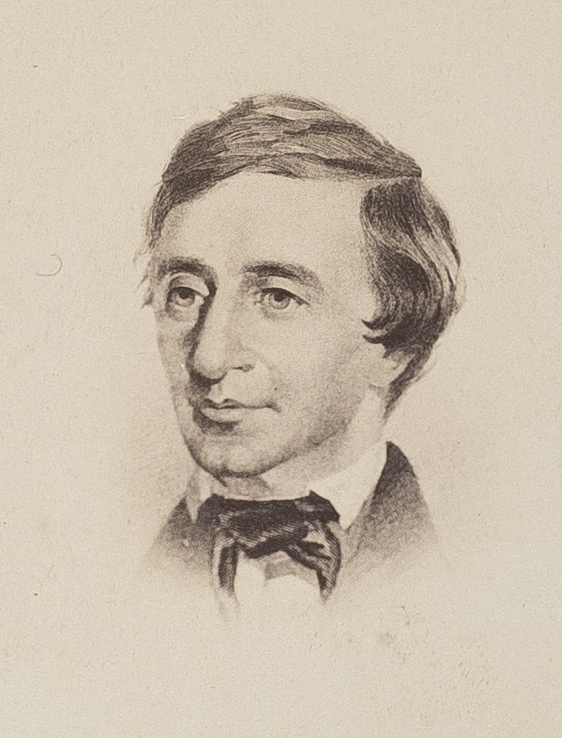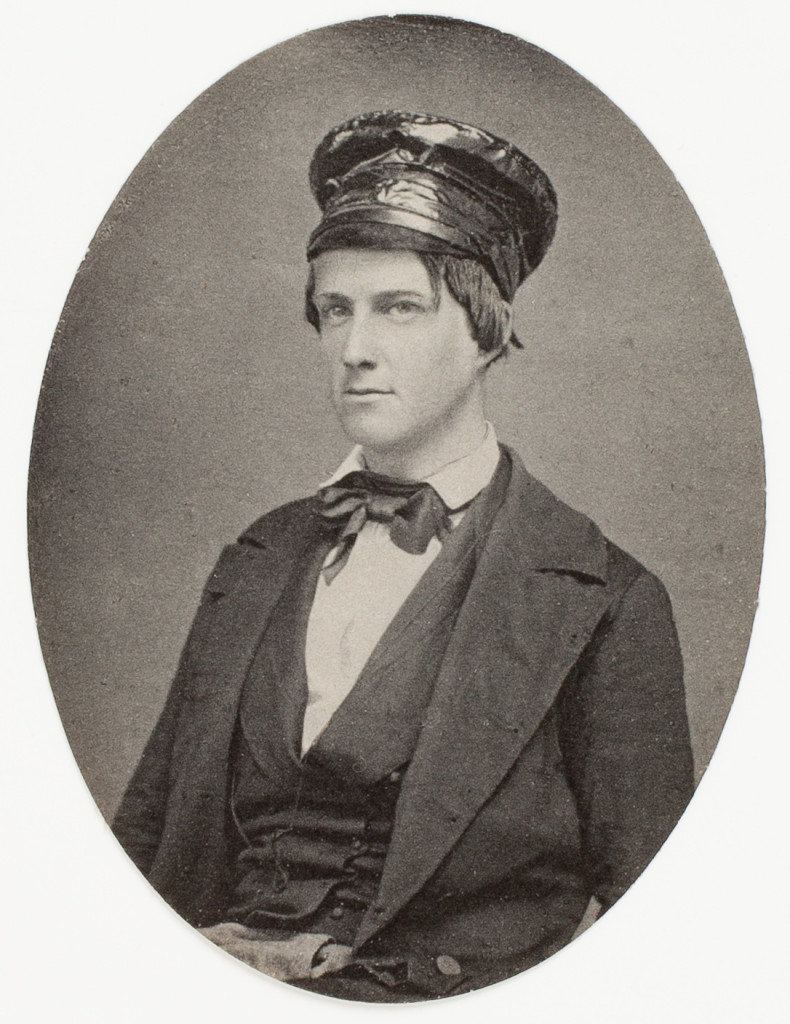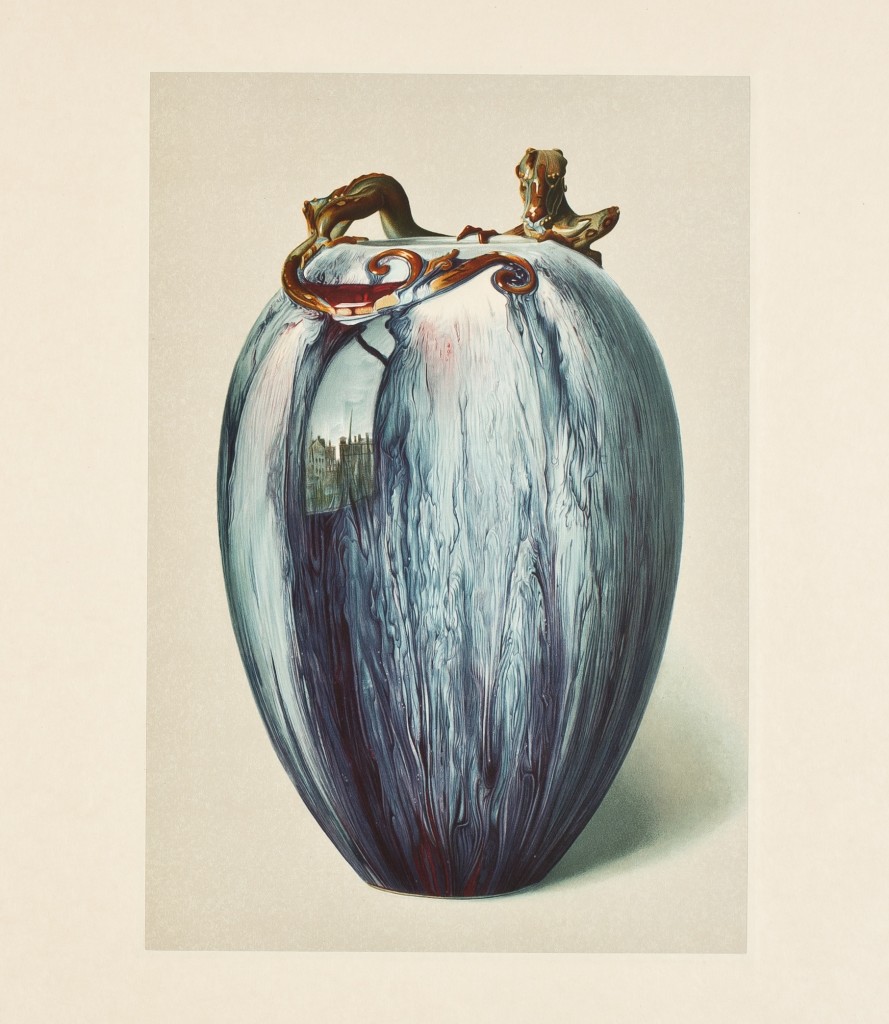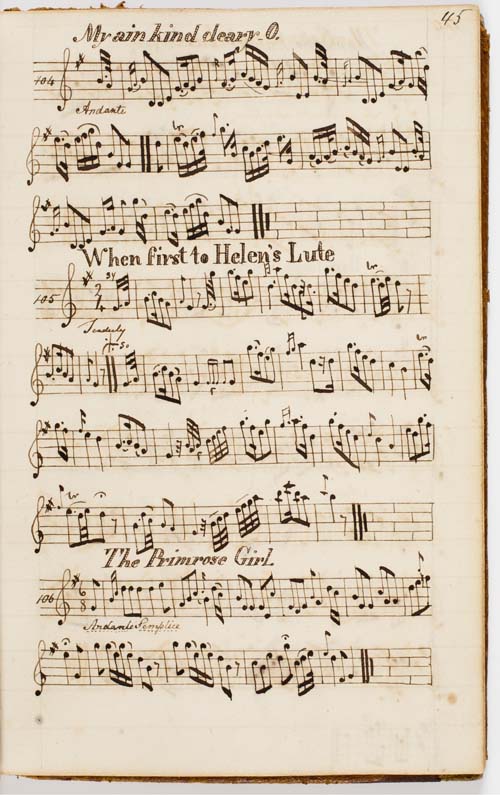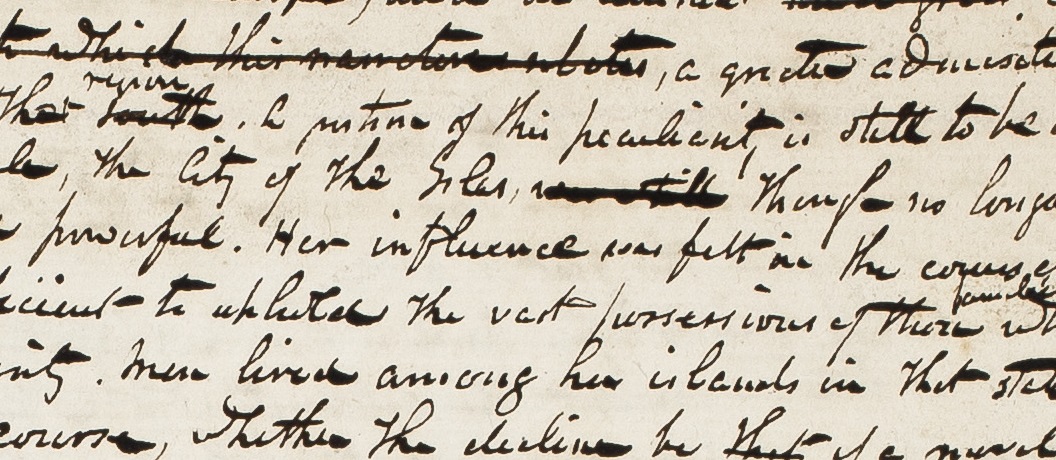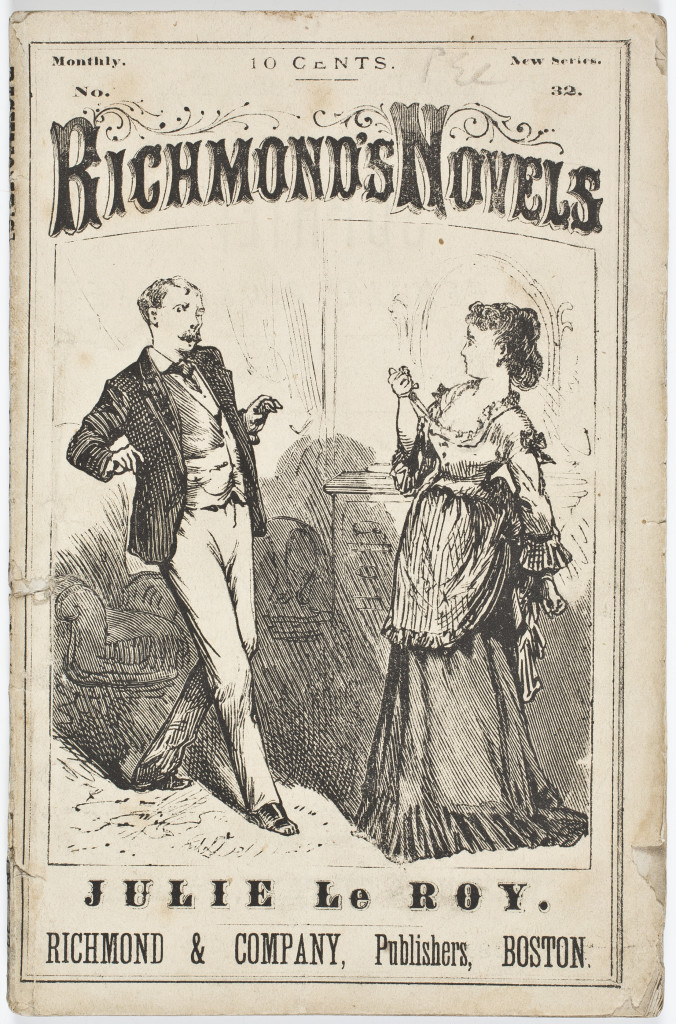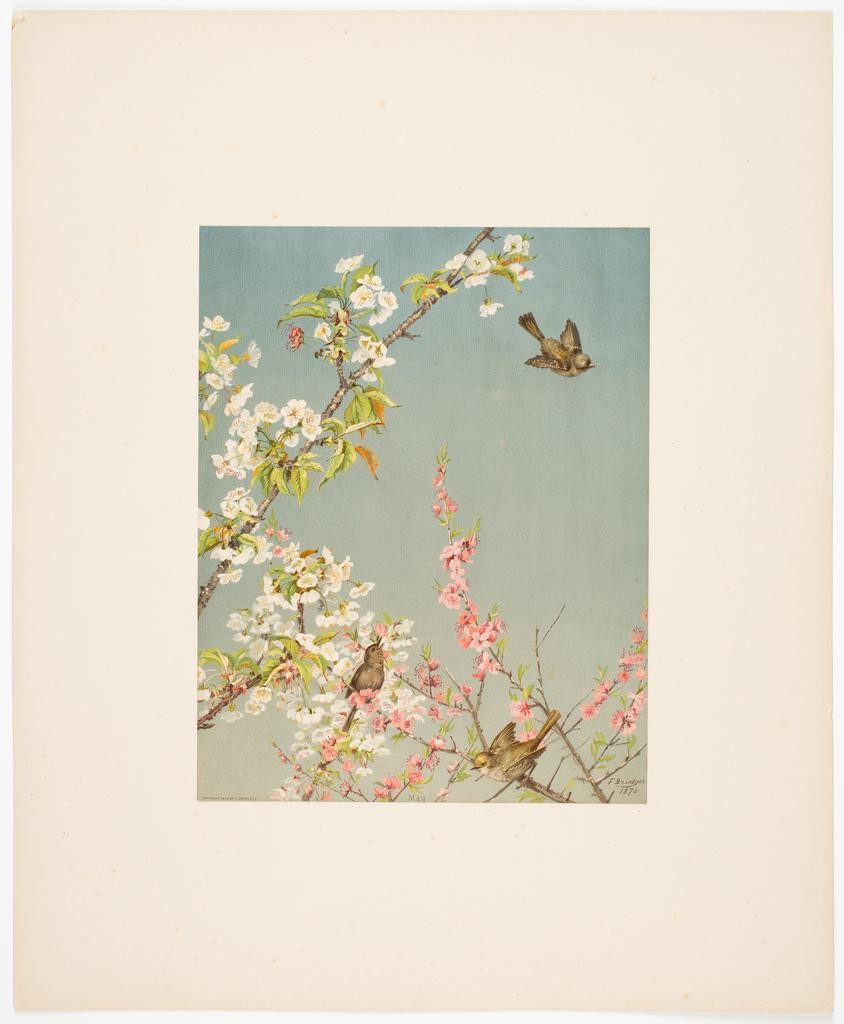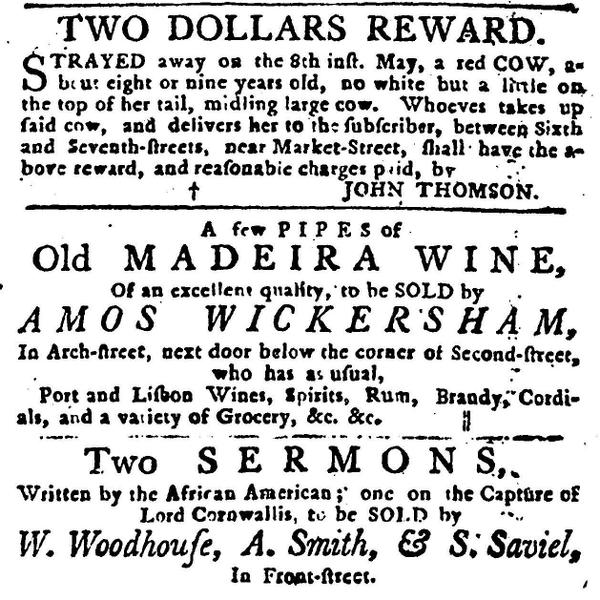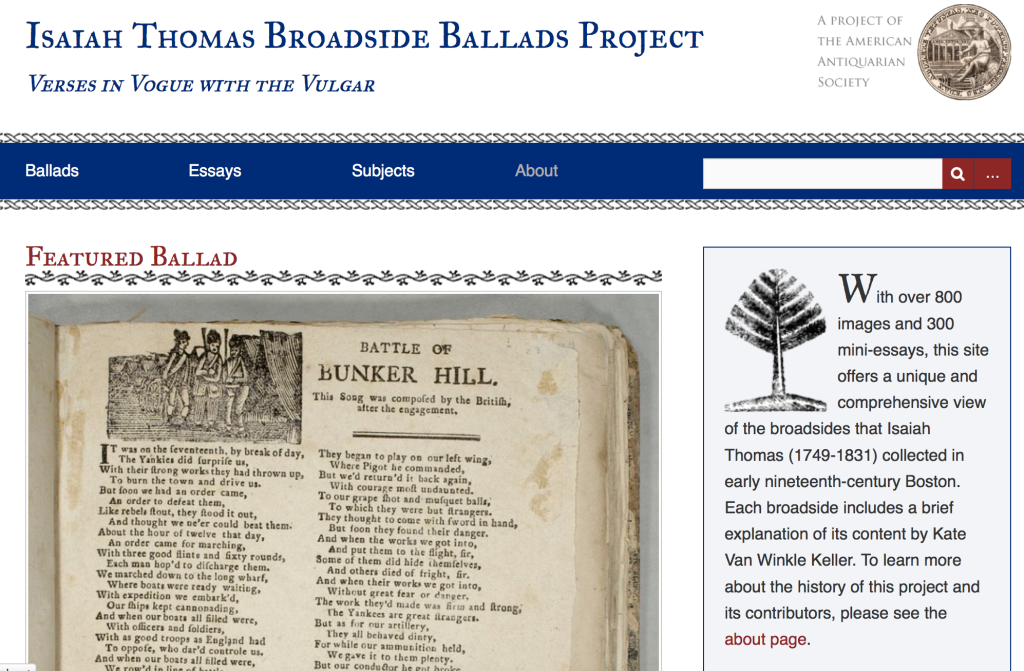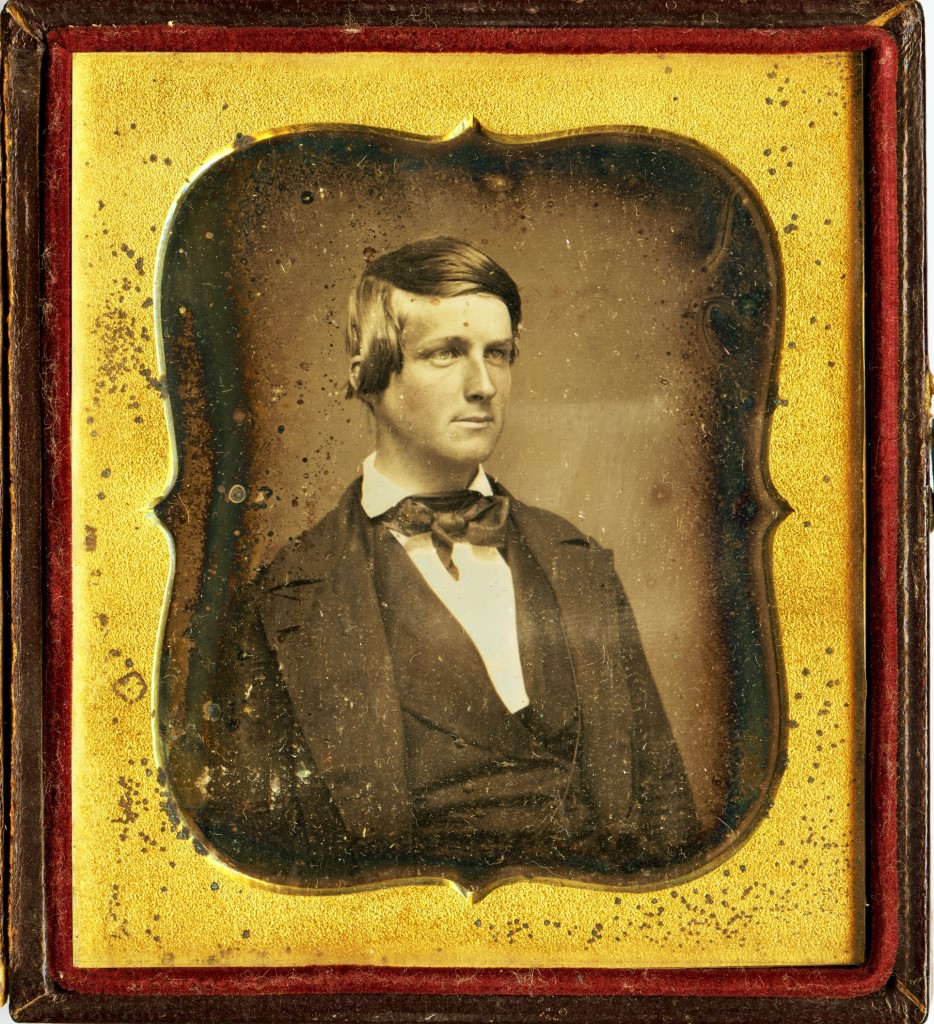
We recently announced a new web resource consisting of four journals kept by Edmund Quincy Sewall Jr. between 1837 and 1840, when Sewall was between nine and twelve years old. Of particular interest is a journal kept in March and April 1840, when the boy was a student at John and Henry David Thoreau’s Concord Academy ...

